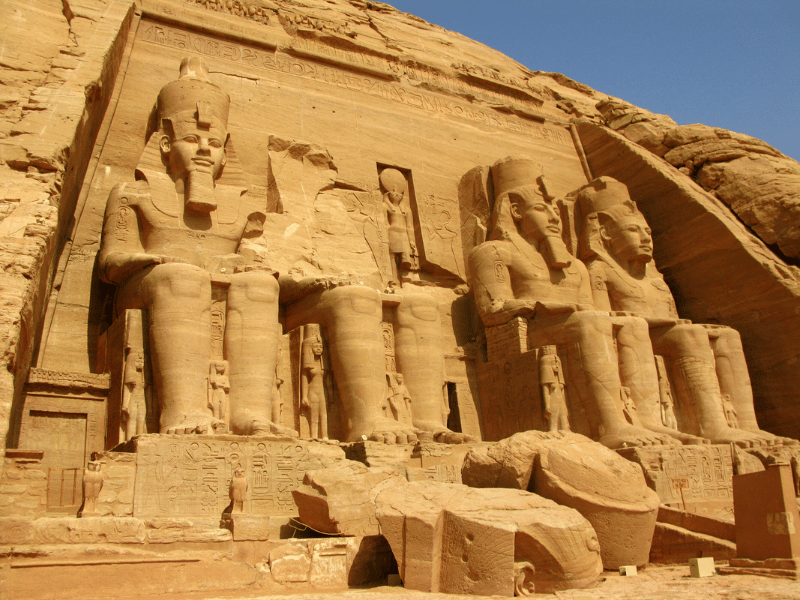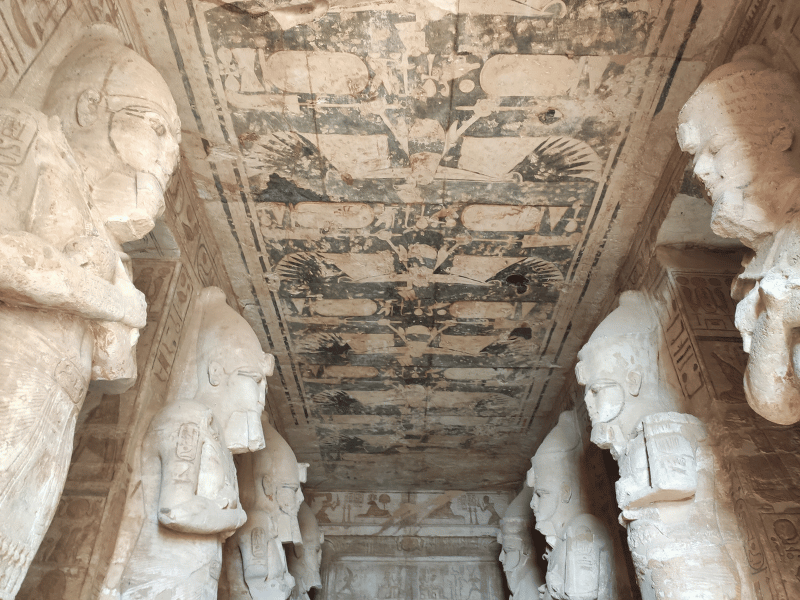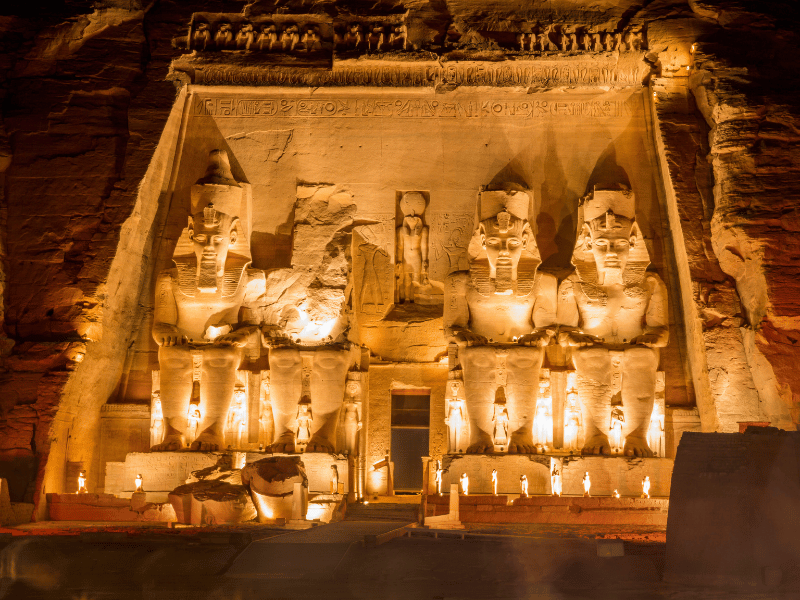Ramesses II's Glorious Reign
Ramesses II, also known as Ramesses the Great, was one of the greatest and most celebrated pharaohs of ancient Egypt who ruled during the Nineteenth dynasty for around 67 years from 1279 BC to 1213 BC. During his long and prosperous reign, Ramesses wanted to leave his imprint in Egypt’s history through many impressive constructions all over the land.
- Place: Ramesses II Temple
- Country: Egypt
- Governorate: Luxor Governorate, Egypt
- Age: Around 3,250 years old
- Population: Tourist site with no permanent residents
- Discovered by: Jean-François Champollion in 1829 CE
- Famous for: Being one of the most impressive temples built during the reign of Ramesses II.
- Nearby locations: Valley of the Kings, Hatshepsut Temple, Karnak Temple
Construction of the Temple Begins
In around 1270 BC, Ramesses II decided to construct a grand monumental temple in the city of Luxor on the west bank of the Nile River to honor the powerful state god Amun-Re. He chose the site close to the existing temples of Luxor and Karnak to expand the religious significance of the area. Large teams of skilled workers and craftsmen were mobilized to quarry huge stone blocks and begin construction on the project.




Architectural Magnificence Takes Shape
Over the following decades, the complex structure took shape rising majestically on the desert landscape. Huge pylons with seated colossi of the pharaoh were erected at the entrance along with enclosed courtyards and massive stone columns. Intricately carved reliefs depicted Ramesses’ military victories and religious rituals were added. An impressive hypostyle hall was built with massive stone pillars. A sanctuary held statues of the deities was built at the rear. No expense was spared to make it a masterpiece of New Kingdom architecture during Egypt’s golden age.
Discovery by Europeans in the 19th Century
After lying buried under desert sands for centuries and facing damage from natural disasters like floods, the temple was discovered in 1829 CE by French explorer Jean-François Champollion during his quest to unravel the mysteries of ancient Egypt. He was amazed by its beauty and scale preserved despite the ravages of time. Word spread fast among European scholars sparking widespread interest in Egyptology.
Restoration Work Begins in the 20th Century
The first efforts to restore and conserve the site were initiated in 1906 by Egyptologist Georges Legrain. Crumbling sandstone was repaired, structurally unsound columns were strengthened and collapsed parts were rebuilt based on archaeological evidence. In 1960s-70s an ambitious project led by Dorothea Arnold restored the hypostyle hall and carved reliefs that had faced damage from humidity. Ongoing work continues to this day.
Significance and Ongoing Conservation
The temple of Ramesses II, one of the largest and most brilliant examples of Egyptian art and architecture from New Kingdom era, bears testimony to the lavish building programs of the glorious nineteenth dynasty when Egypt ruled over a vast empire. Millennia later although damaged with time, enough survives for modern visitors to marvel at its scale and craftsmanship. Ongoing conservation efforts safeguard invaluable artistic heritage while enhancing visitor experience of this iconic monument where pharaonic gods were once worshipped.











